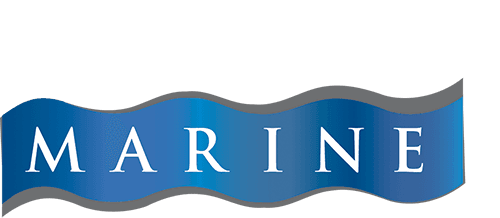Paddleboarders cruise through the waters of Marina del Rey near Burton Chace Park in California.The growth in paddlecraft use means there’s an opportunity to engage with an emerging, and quickly growing market segment.
If you spend much time at all around the water you’ve likely noticed an increase in the popularity of human powered watercraft – these include row boats, paddle boats, pedal boats, canoes, kayaks, surf skis, standup paddleboards, rowing shells or anything else that is propelled by human power.
Sales for standup paddleboards (SUP) have increased dramatically since 2007 when they were first introduced in the United States. Last year SUP sales were estimated at $15.6 million. Rowing clubs are springing up in cities everywhere that have access to an appropriate body of water and schools across the U.S. are experiencing a dramatic increase in participation in rowing programs. Kayak manufacturers are also reporting a steady rise in sales. Kayaking appeals to a board range of individuals including fishers and divers and is quickly becoming a mainstream recreational activity.
The growth in popularity of human powered watercraft is fueled by a number of things from cost, to ease of use and family participation, to rowing’s growing profile and to a greater emphasis being placed on the importance of physical exercise and being outdoors.
So what does this mean for the marina industry, which traditionally caters to sail and power boats 20’ and larger?
It means there’s an opportunity to engage with an emerging, and quickly growing market segment. By providing easy access to the water for these individuals and welcoming them into their community, marinas can create a new revenue stream, provide an added amenity for their current users, and tap into a new source for potential future tenants.
It also means that there is also a new opportunity for small businesses, who are eager to participate in this growing marketing, to sprout up along the shorelines of our coasts, lakes and other inland water bodies.
Most human powered watercraft can be car-topped and have minimal launching requirements. A low freeboard dock system or one designed to facilitate easy launching and retrieval are the main requirements. One of the Bellingham’s most recent examples of this is a unique low freeboard, kayak launching dock at Helms Port in North Carolina. A wider gangway may also be appreciated to assist in the easy transport of vessels on and off the dock.
Examples of low and varied freeboard dock systemsThere are a myriad of dock designs that cater to human powered watercraft – a universal low or ultra-low freeboard float, a stepped freeboard float where one side allows for moorage of larger boats and the other for human powered boats, a standard freeboard float with launch points, and an angled freeboard float are just a few.
When it comes to floating docks with ultra-low freeboards, concrete floating docks are the best option. The continuous flotation provided by concrete docks enables dock designers to reach extremely low freeboards, which cannot be obtained with framed systems.
If you are interested in learning more about some of the different dock designs that cater to this unique group of users, we’d be more than happy to share the range of options with you. There are even options available for retrofitting existing docks. Contact us at bmi@bellingham-marine.com to learn more.

